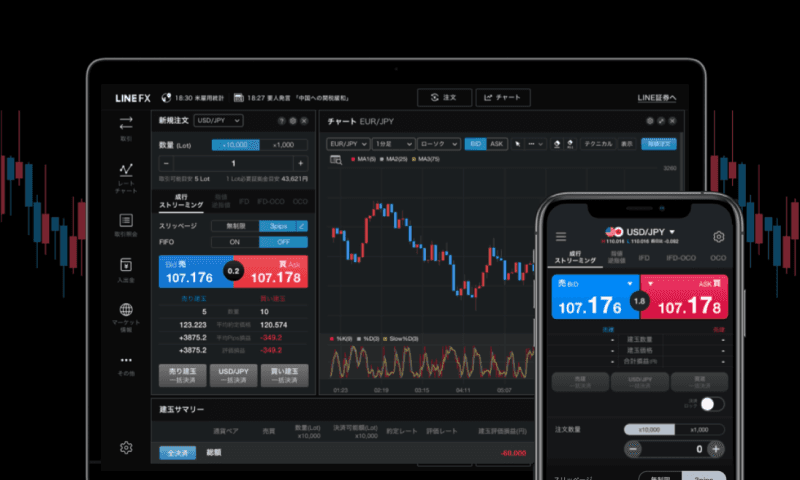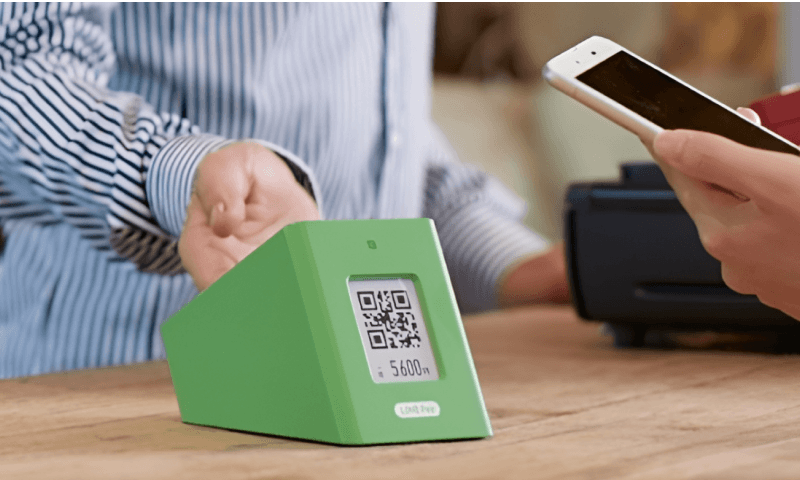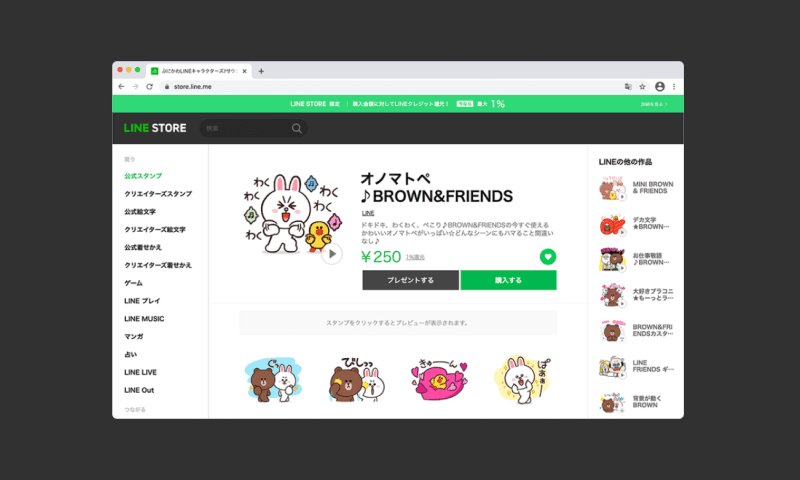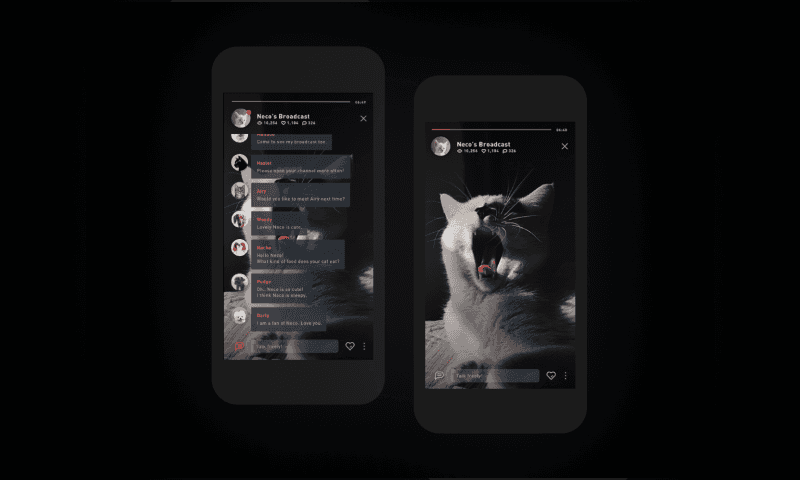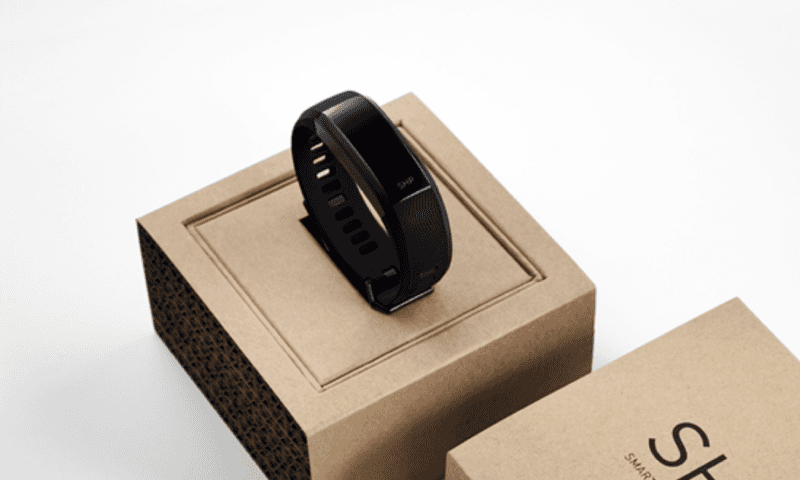Fire Detector
Fire
Detector
Nov. 2016
Fire Detector
Nov. 2016
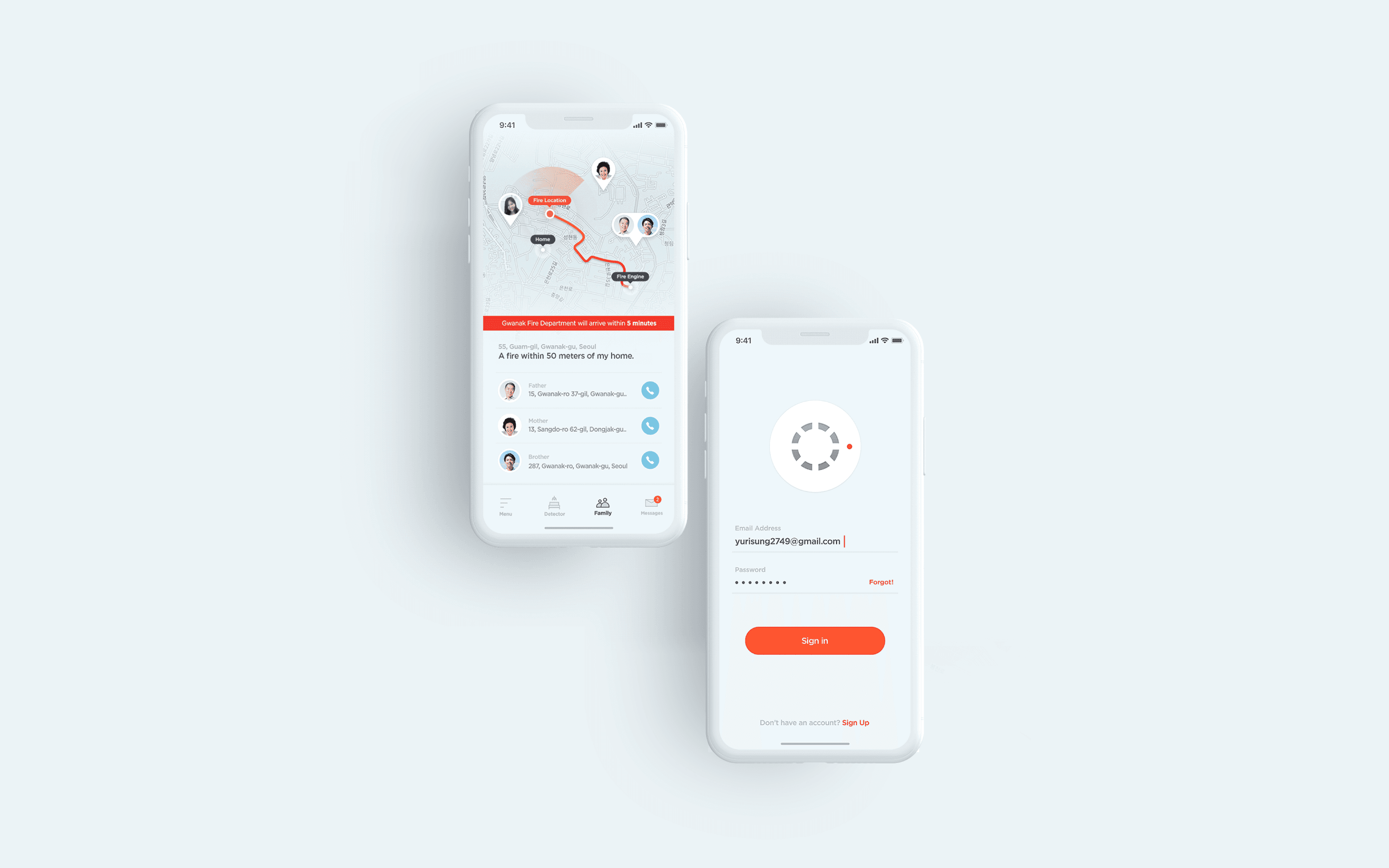

Mobile App
University Personal Project
Mobile App
University Personal Project
Fire Detector is an integrated fire response system that connects fire detection devices, the Fire Department, and a mobile application to support fast and informed user action during fire emergencies. When a fire breaks out, the detector instantly alerts emergency services and notifies users through the app. Users can then check the fire’s location, monitor their family’s safety, and track the real-time dispatch of fire trucks. After the incident, the Fire Department shares an in-depth analysis via the app, including the fire’s cause, damage reports, and safety recommendations, helping both victims and nearby residents stay informed and better prepared for the future.
Fire Detector is an integrated fire response system that connects fire detection devices, the Fire Department, and a mobile application to support fast and informed user action during fire emergencies. When a fire breaks out, the detector instantly alerts emergency services and notifies users through the app. Users can then check the fire’s location, monitor their family’s safety, and track the real-time dispatch of fire trucks. After the incident, the Fire Department shares an in-depth analysis via the app, including the fire’s cause, damage reports, and safety recommendations, helping both victims and nearby residents stay informed and better prepared for the future.
Mobile App
University Personal Project
Fire Detector is an integrated fire response system that connects fire detection devices, the Fire Department, and a mobile application to support fast and informed user action during fire emergencies. When a fire breaks out, the detector instantly alerts emergency services and notifies users through the app. Users can then check the fire’s location, monitor their family’s safety, and track the real-time dispatch of fire trucks. After the incident, the Fire Department shares an in-depth analysis via the app, including the fire’s cause, damage reports, and safety recommendations, helping both victims and nearby residents stay informed and better prepared for the future.
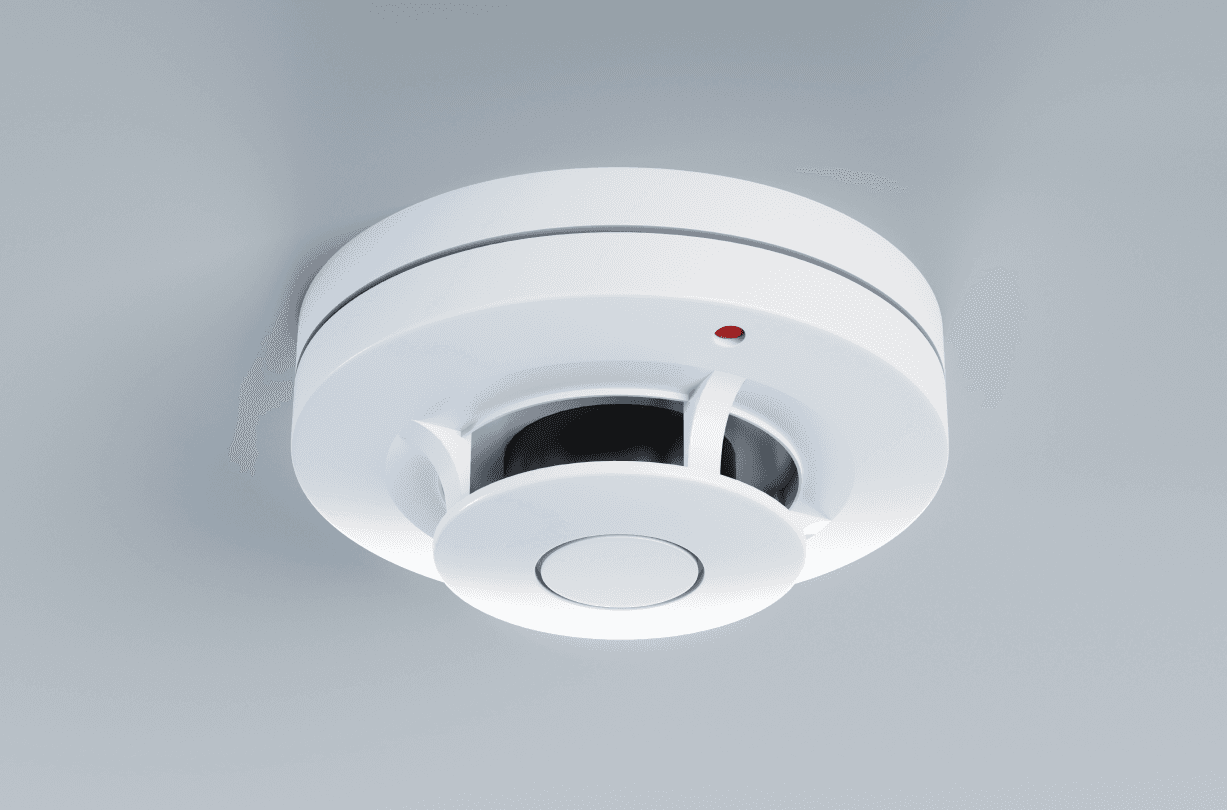


Research-Driven Emergency Communication Design
Research-Driven Emergency Communication Design
Although fires are infrequent, their impact is often life-threatening and time-sensitive. To design UX that truly supports people during such high-stress situations, user interviews were conducted with individuals who currently use or have used fire detection in their homes. These revealed that users’ top concerns during a fire are the safety and real-time location of their family members, along with clear visibility into the response process. Based on these insights, the app was structured to deliver essential information at every stage from detection to dispatch, and post-incident reports. Each feature was designed to reduce uncertainty and provide timely, actionable updates, enhancing both trust and preparedness.
Although fires are infrequent, their impact is often life-threatening and time-sensitive. To design UX that truly supports people during such high-stress situations, user interviews were conducted with individuals who currently use or have used fire detection in their homes. These revealed that users’ top concerns during a fire are the safety and real-time location of their family members, along with clear visibility into the response process. Based on these insights, the app was structured to deliver essential information at every stage from detection to dispatch, and post-incident reports. Each feature was designed to reduce uncertainty and provide timely, actionable updates, enhancing both trust and preparedness.
Prioritizing Critical Information with Visual Cues
Prioritizing Critical Information with Visual Cues
To support rapid decision-making during emergencies, the interface design focuses on clarity, urgency, and minimal distraction. At the onset of a fire, non-essential information is suppressed to highlight what matters most: the occurrence of the fire and the user’s family location, shown clearly on a map for immediate recognition. The visual system is context-sensitive. In a normal state, the interface uses neutral and calming colors to reduce tension and maintain a sense of control. When a fire is detected, the palette shifts immediately to warning red to signal danger and guide user attention. This contrast not only improves usability in high-stress situations but also creates a consistent visual rhythm between normalcy and emergency.
To support rapid decision-making during emergencies, the interface design focuses on clarity, urgency, and minimal distraction. At the onset of a fire, non-essential information is suppressed to highlight what matters most: the occurrence of the fire and the user’s family location, shown clearly on a map for immediate recognition. The visual system is context-sensitive. In a normal state, the interface uses neutral and calming colors to reduce tension and maintain a sense of control. When a fire is detected, the palette shifts immediately to warning red to signal danger and guide user attention. This contrast not only improves usability in high-stress situations but also creates a consistent visual rhythm between normalcy and emergency.
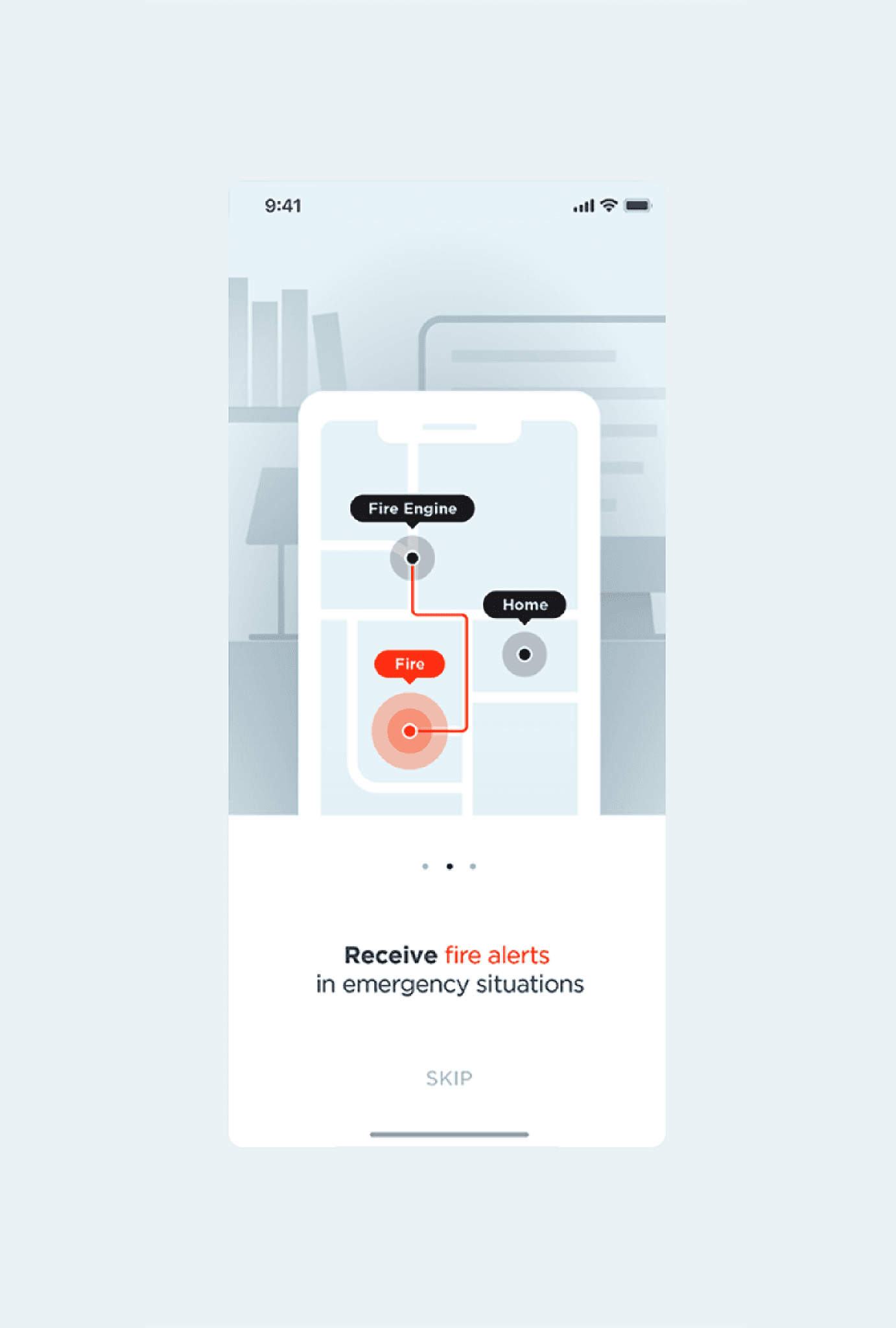
A
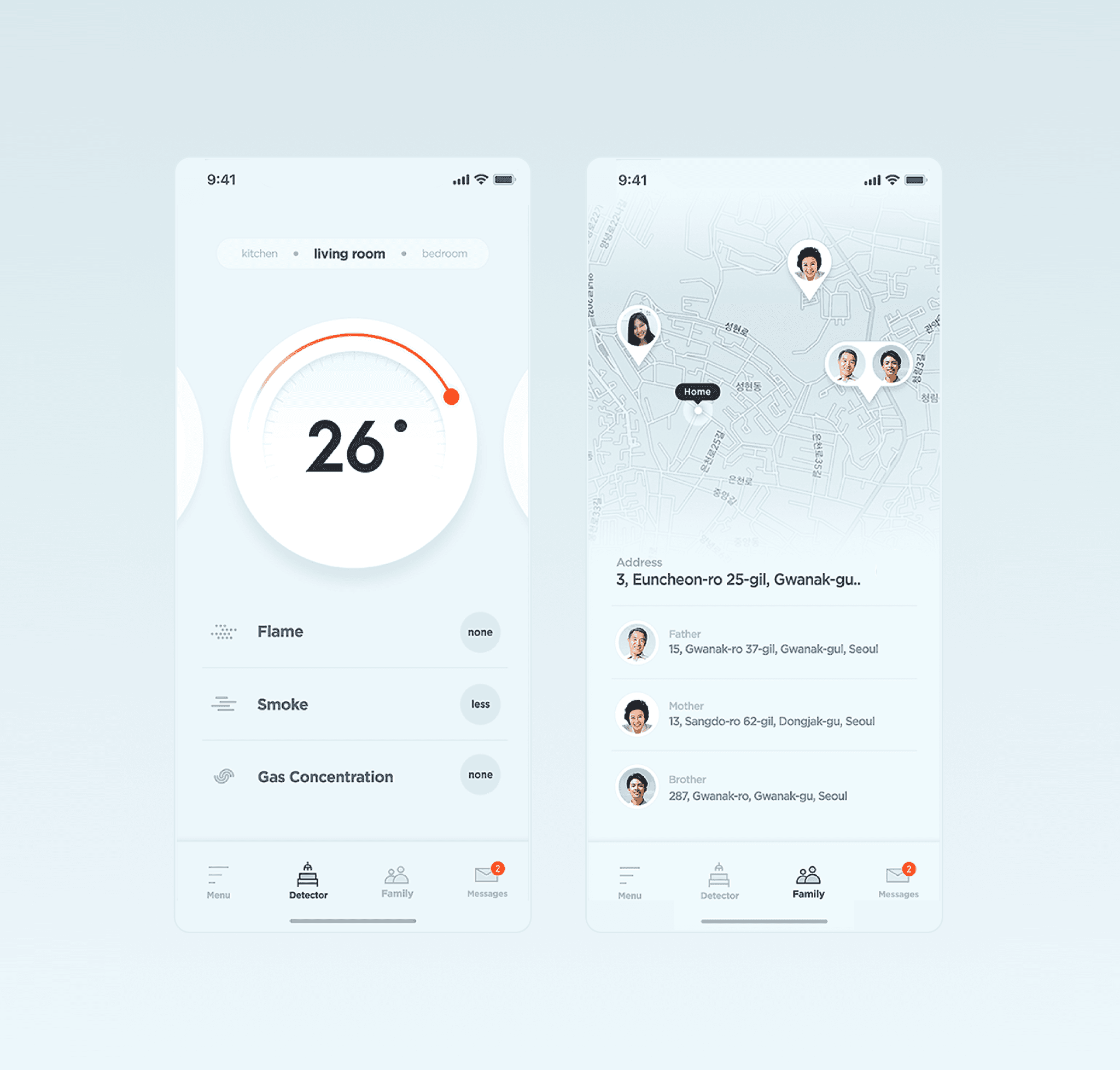
B

C



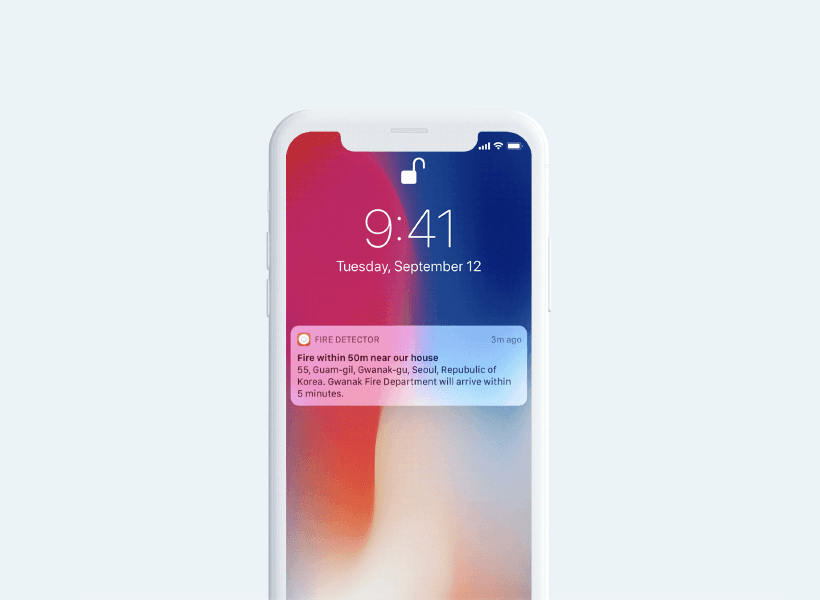
C



D
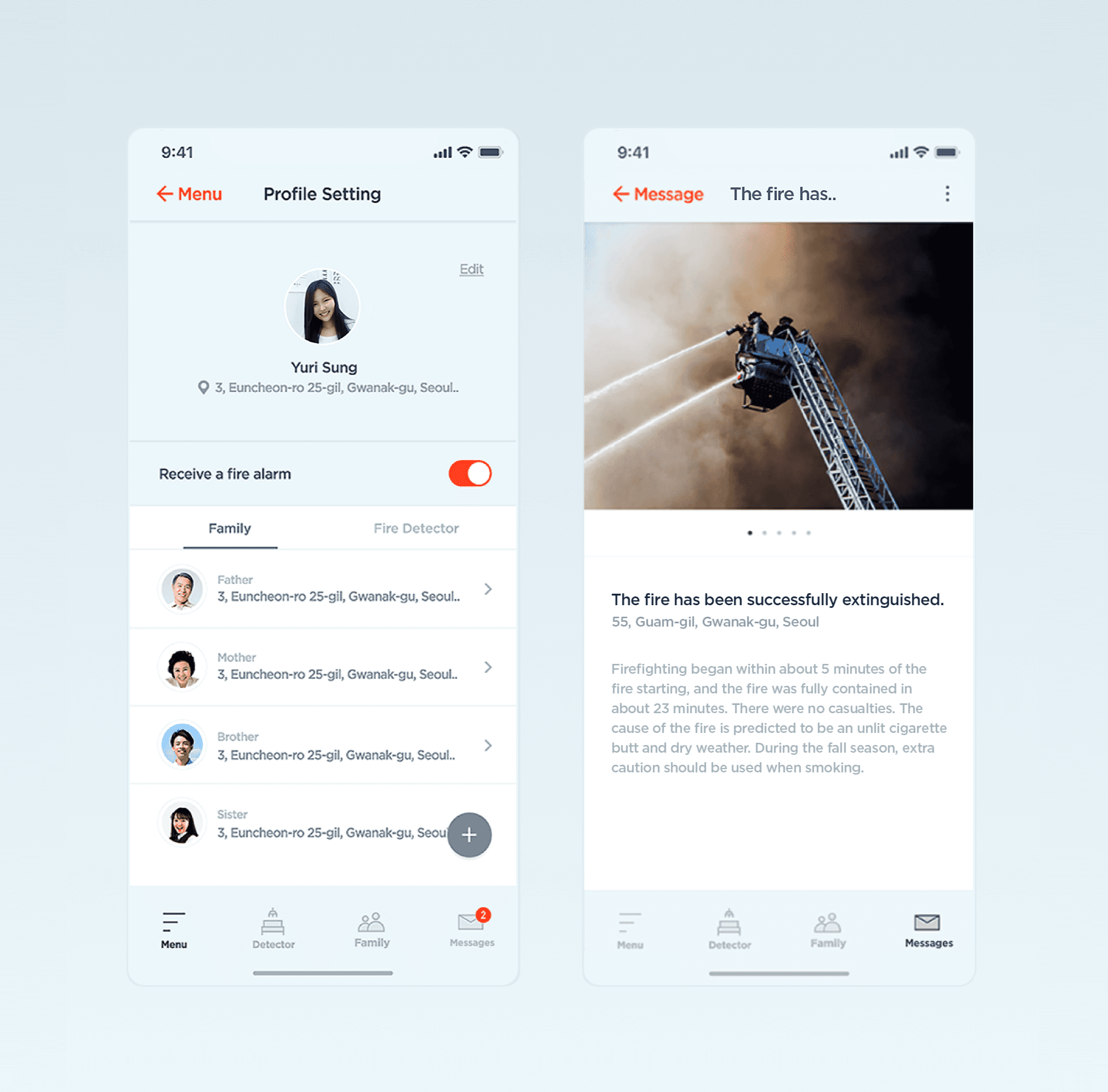
E



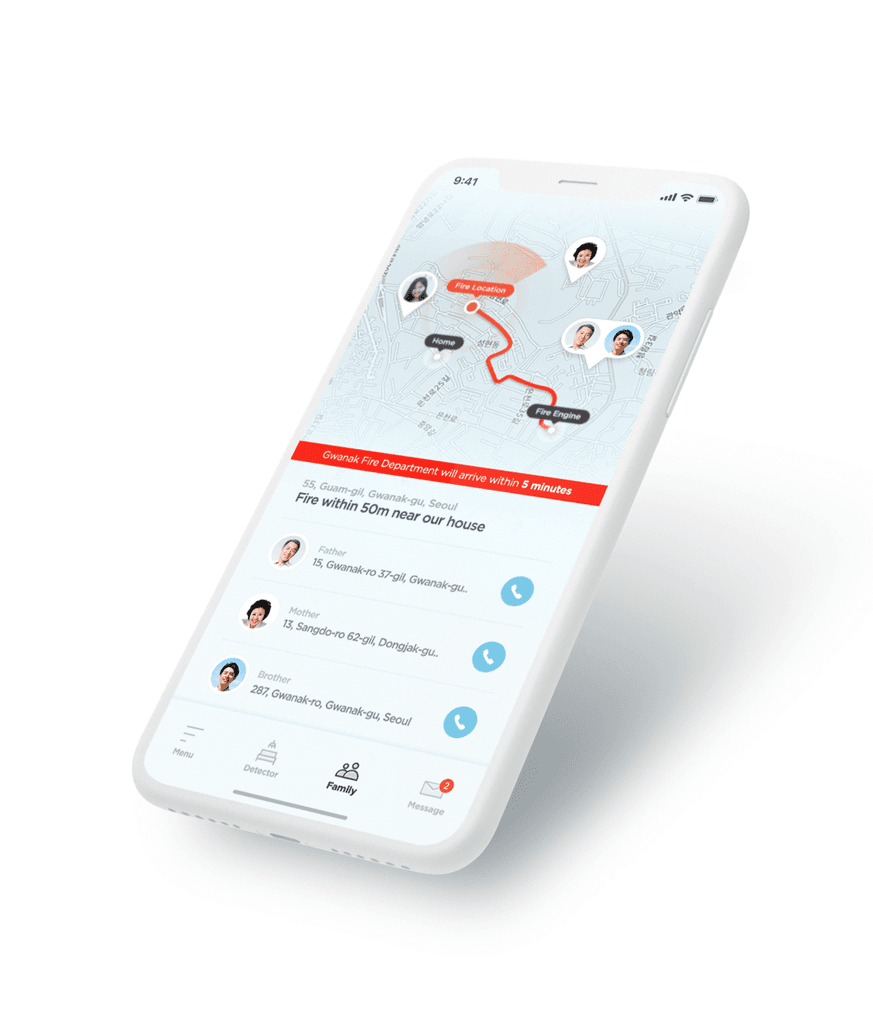

F
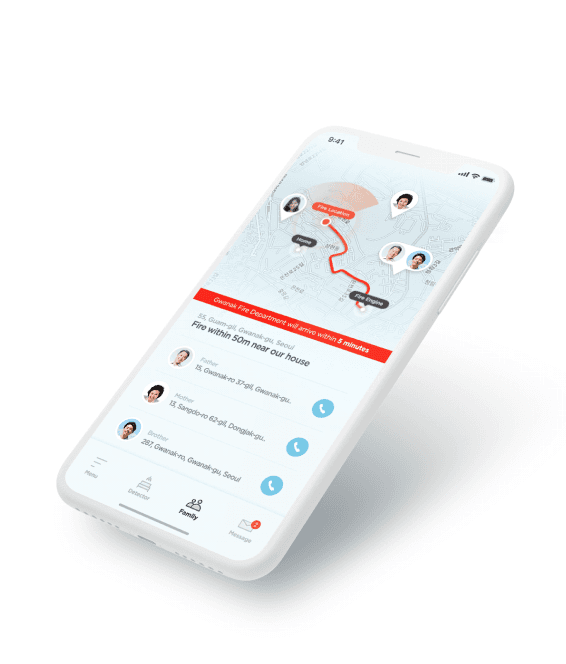

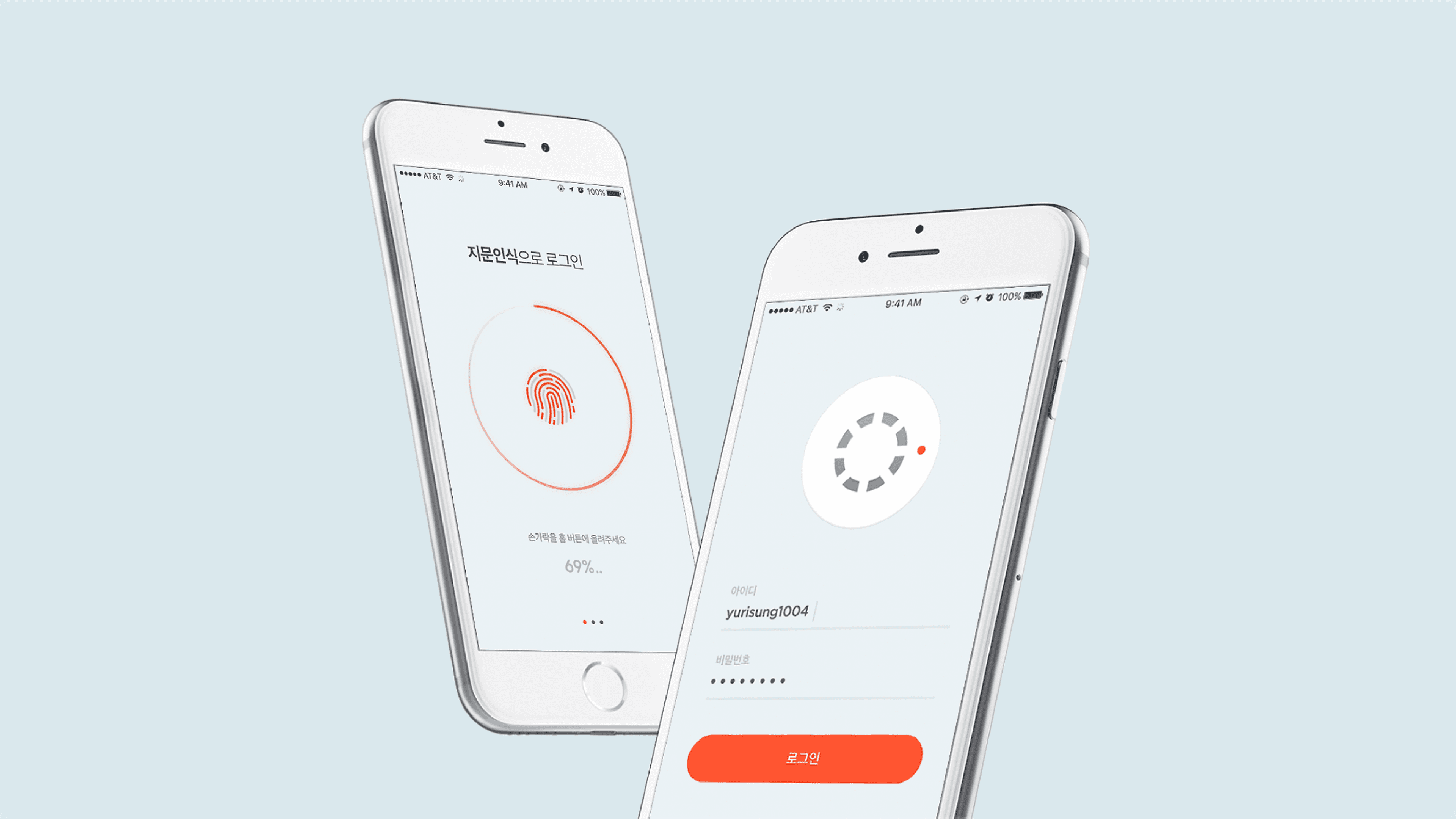
G
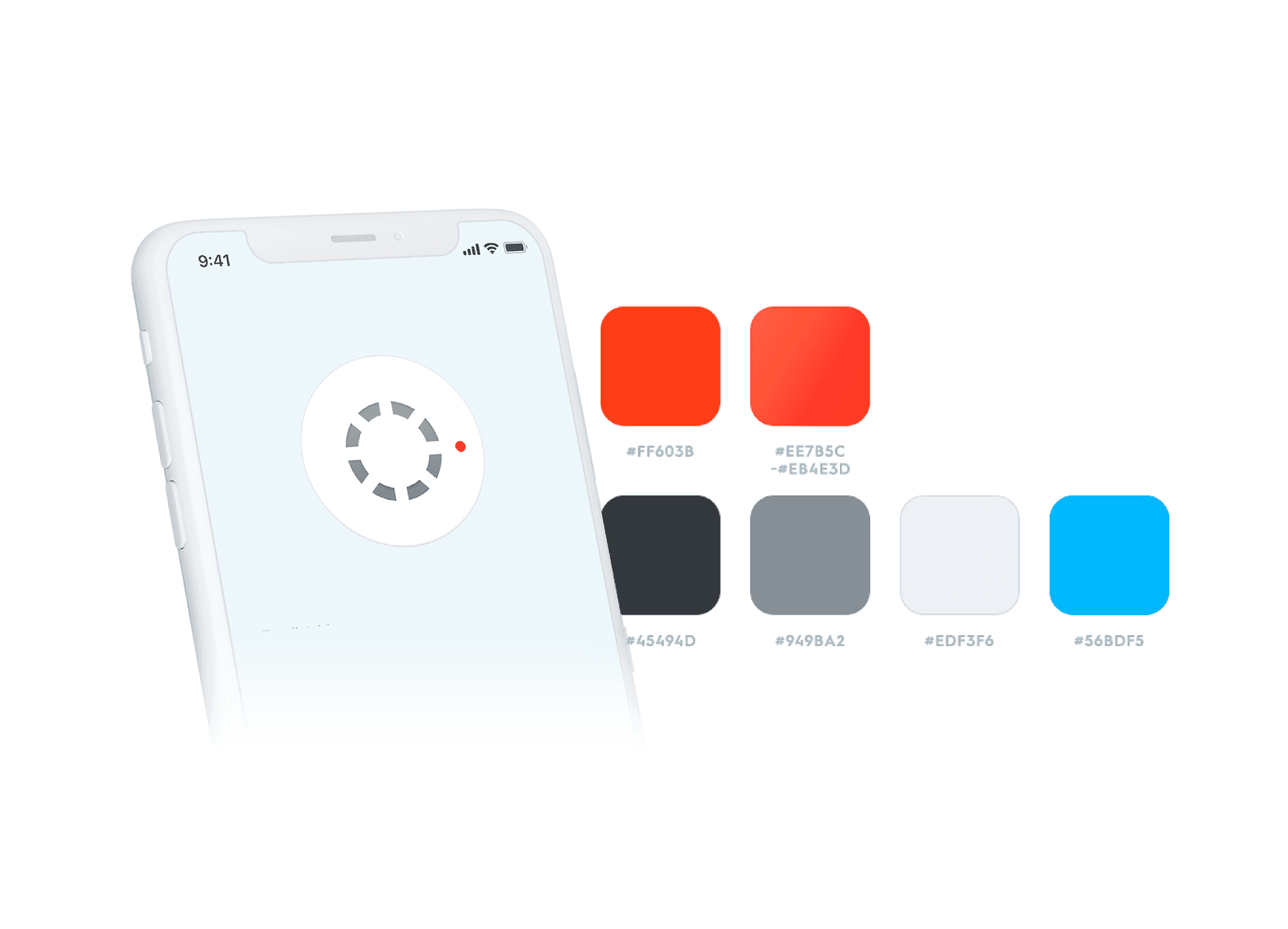
H

I

A
Onboarding
B
Detector and Family
C
Fire outbreak notifications
D
App icon
E
Menu and Messages
H
Information in case of fire
G
Sign in
H
Colors
I
Typography
Selected images sourced from:
Selected images sourced from:

